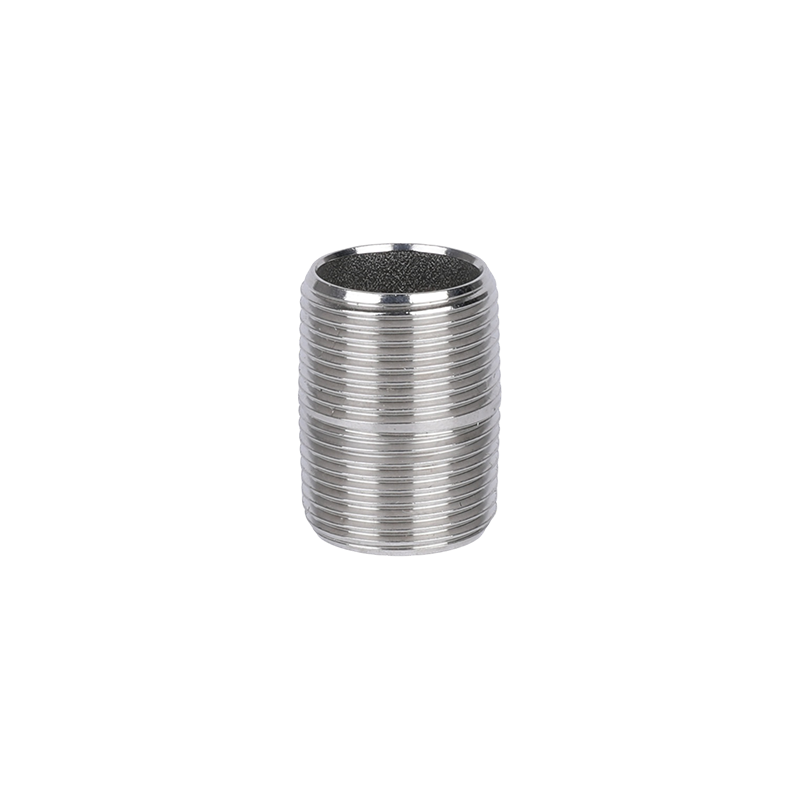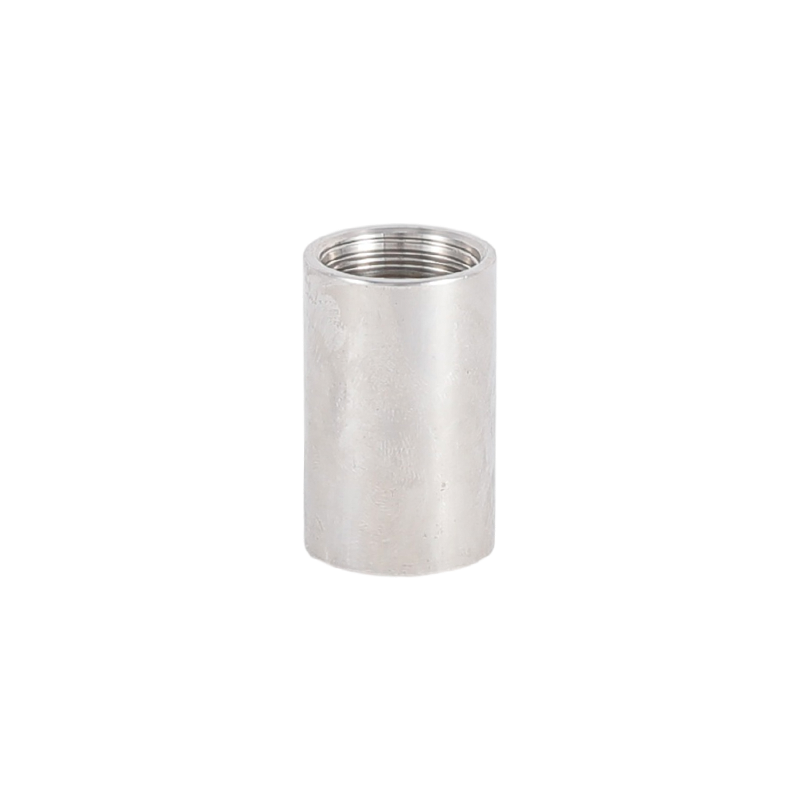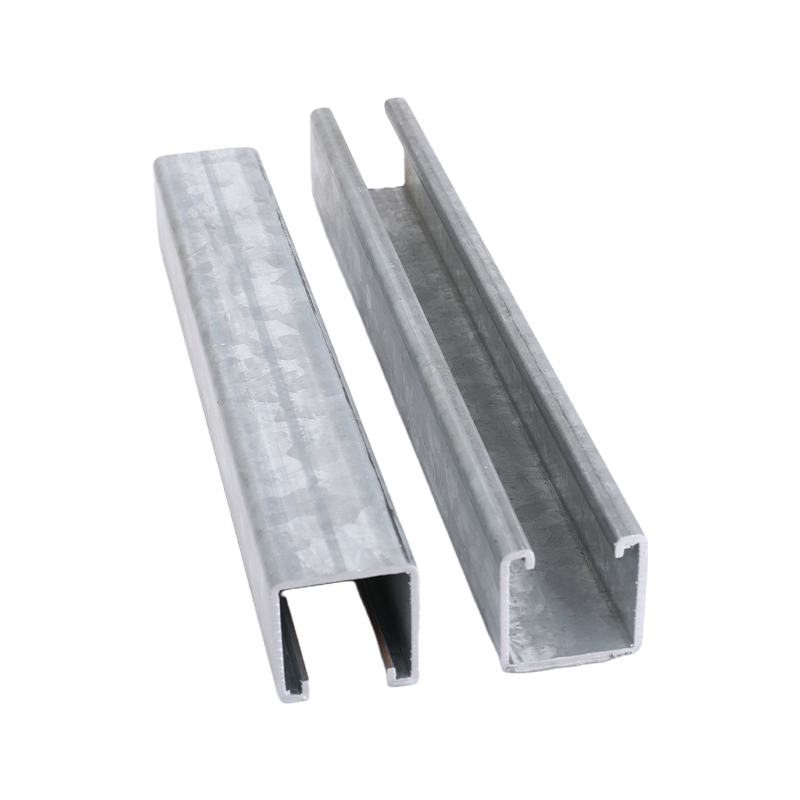In industrial production and construction applications, high temperature environments often become a touchstone for testing the durability of metal materials. Under extreme temperature conditions, many traditional materials tend to degrade rapidly, resulting in performance degradation or even failure. However, stainless steel strut channels stand out among many metal materials with their unique high temperature resistance and become a trustworthy choice in high temperature environments.
The cornerstone of high temperature resistance
The reason why stainless steel can remain stable in high temperature environments is first due to the stability of its internal organization. The alloying design of stainless steel enables its crystal structure to remain orderly at high temperatures, and it is not easy to undergo phase change or grain growth, thereby maintaining the basic mechanical properties of the material. In addition, specific alloying elements added to stainless steel, such as chromium, nickel, and molybdenum, can form stable compounds or solid solutions at high temperatures, effectively preventing oxidation and corrosion inside the material, and further enhancing its high temperature resistance.
Persistence in mechanical properties
Under high temperature conditions, stainless steel strut channels can still maintain good mechanical properties. This means that even in high temperature environments, key indicators such as strength, hardness, and toughness of stainless steel strut channels will not be significantly reduced. This stability is particularly important for application scenarios that need to withstand heavy loads or complex stress states. Stainless steel strut channels can ensure structural integrity and functionality at high temperatures, effectively preventing failure problems caused by material softening or creep.
Guarantee of structural stability
In addition to mechanical properties, stainless steel strut channels can also maintain excellent structural stability at high temperatures. This means that in high-temperature environments, stainless steel strut channels are not easily deformed or damaged, and can maintain their original shape and size for a long time. This stability is essential for application scenarios that require precise control of size and shape, such as precision instruments, high-temperature pipelines, etc. The stable performance of stainless steel strut channels ensures the normal operation and long-term reliability of equipment at high temperatures.
Wisdom of material selection
However, it is worth noting that not all types of stainless steel have the same high-temperature resistance. Different types of stainless steel have different alloy compositions and microstructures, so their high-temperature resistance is also different. When selecting a stainless steel support trough, the appropriate stainless steel material must be determined based on the temperature requirements of the specific use environment. For example, a support trough used in a high-temperature furnace may need to select stainless steel with a higher chromium content and better oxidation resistance; while in some special high-temperature corrosive environments, special stainless steel materials containing elements such as molybdenum and tungsten may need to be selected.
The excellent durability of stainless steel strut channels in high temperature environments is due to the stability of its internal structure, mechanical properties and structural stability at high temperatures, and anti-oxidation properties. However, in order to ensure the best use effect and economy, scientific and reasonable material selection is still required according to specific needs when selecting stainless steel strut channels.

 English
English Español
Español








